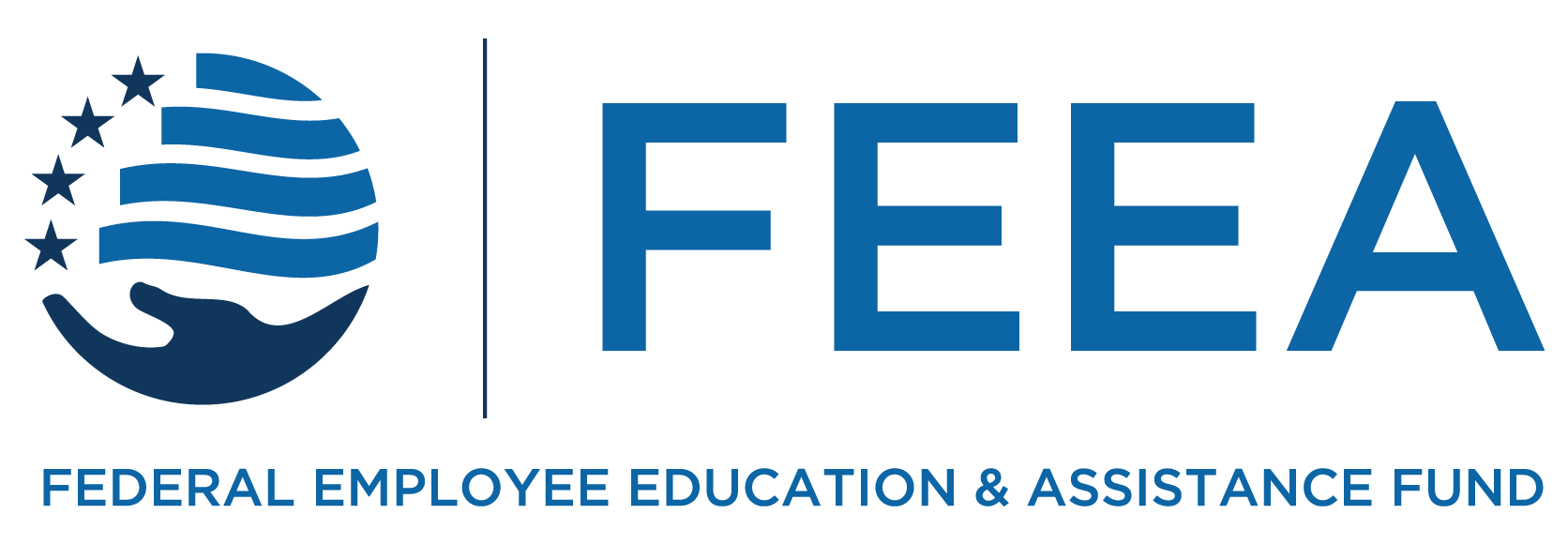Presidential proclamation puts focus on diabetes awareness to help prevent, treat, and manage the chronic disease
As part of National Diabetes Month, singer Nick Jonas shared with the world the four symptoms that led to his childhood diagnosis of Type 1 Diabetes: weight loss, excessive thirst, frequent urination, and irritability.
“These can be recognized as common signs of Type 1 Diabetes,” the singer wrote on his Instagram page. “I’m sharing my signs so that others can #SeeTheSigns.”
Over 37 million Americans and nearly half a billion people worldwide live with diabetes, a disease that affects how your body turns food into energy. What is even more staggering is over half of those living with diabetes remain undiagnosed. When left untreated, diabetes can lead to life-threatening complications and even an early death.
Knowing your risk factors for diabetes is a crucial step toward an early diagnosis, which can give people the tools to prevent the disease from progressing. The American Diabetes Association has a free online risk assessment tool, which includes questions about your family history, weight, age and other potential risk factors for diabetes.
There are different types of diabetes, each with different causes, but they all share the common problem of having too much glucose (also known as blood sugar) in your bloodstream. When your glucose level remains high over a long period of time, your body’s tissues and organs can be seriously damaged.
Diabetes is a high priority for OMHHE because racial and ethnic minorities have a higher burden of diabetes, worse diabetes control and are more likely to experience complications (for example, among Hispanics, the death rate from diabetes is 50% higher than for non-Hispanic whites).
– FDA Report on Fighting Diabetes’ Deadly Impact on Minorities
Although diabetes has no cure, people with the disease require daily treatment, regular blood glucose monitoring, and a healthy lifestyle to manage their life-long condition.
New figures from the International Diabetes Federation show an alarming trend, with tens of millions of Americans at risk of developing the chronic condition. The focus of National Diabetes Month is to increase awareness, improve equal access to better treatment options for those living with the disease, and to find a cure.
How Common is Diabetes?
- Over 37 million Americans, 10 percent of the population, lives with diabetes
- Nearly half a billion people worldwide live with diabetes
- New figures from the International Diabetes Federation show an alarming growth in the prevalence of diabetes around the world. This number is expected to increase to over 640 million by 230 and 700 million by 2045
How is Diabetes Diagnosed?
Diabetes is diagnosed and managed by checking your glucose level in a blood test with four tests that can measure your blood glucose level:
- Fasting Plasma Glucose Test
- Random Plasma Glucose Test
- A1c Test
- Oral Glucose Tolerance Test
Resources
Want to learn more about the various types of diabetes, risk factors, genetic risks, and action you can take? View our resources below.
- Types of Diabetes – CDC
- With Prediabetes, action is the best medicine – American Diabetes Association
- The Genetics of Diabetes – American Diabetes Association
- Risk Factors for Diabetes – Cleveland Clinic
- Risk Test – American Diabetes Association
- Fighting Diabetes’ Deadly Impact on Minorities – FDA
- Proclamation on National Diabetes Month – The White House (2022)
If you think you may have diabetes or prediabetes, speak with your primary care physician about some of your symptoms to see if testing should be an option for you.
Subscribe to FEEA’s Newsletter
Would you like to reprint this piece in your agency human resource, federal employee association, or union local newsletter? You can do so at no cost by contacting admin@feea.org with your request.
The information provided in this piece is for your convenience and informational purposes only and not to be construed as professional advice. FEEA and its coauthors and sponsors are not liable for any losses or damages related to actions or failure to act with regard to the content in this piece.












